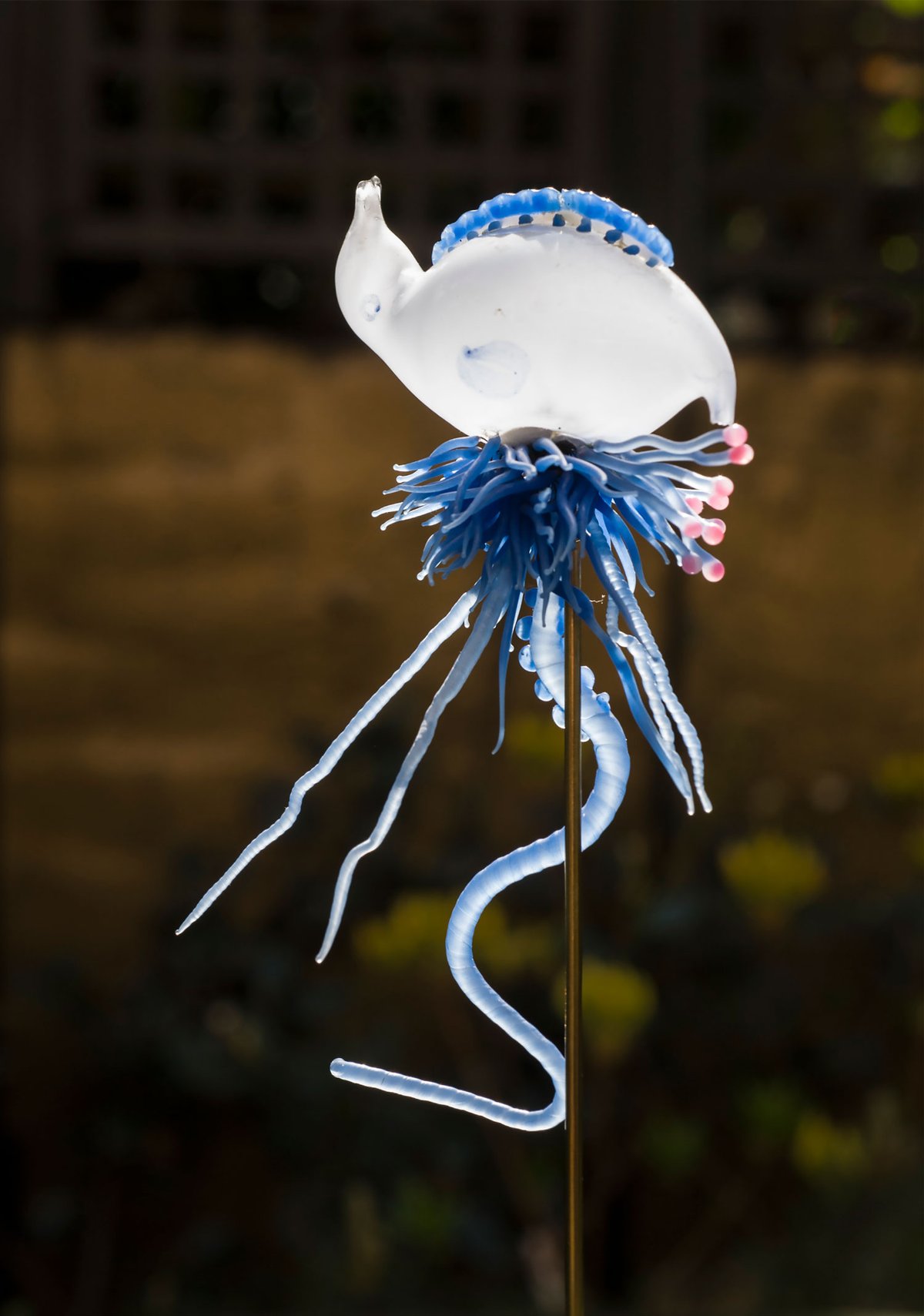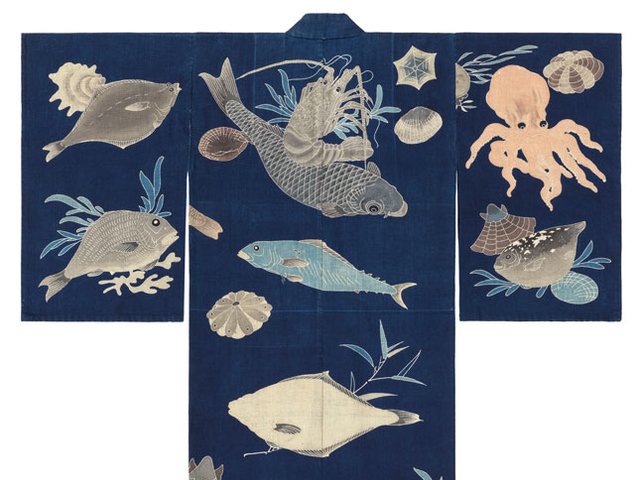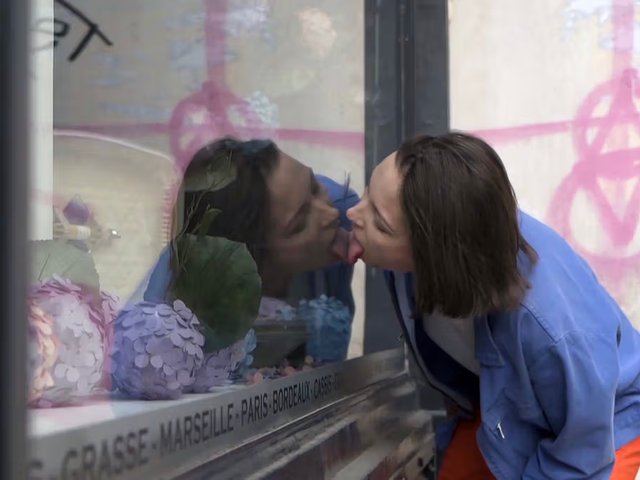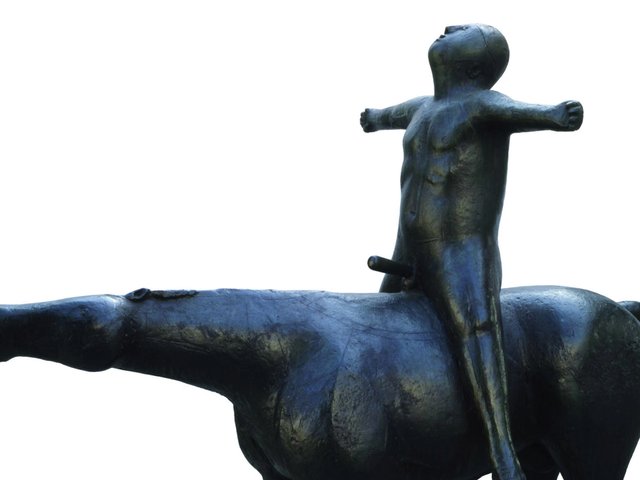It all started in the late 1990s with a compendium of glass flowers. Dazzled by Leopold and Rudolf Blaschka’s lifelike craftsmanship at the Harvard Museum of Natural History, George Loudon switched his collecting efforts from contemporary art to late 19th- and early 20th-century scientific artefacts. Today, his ever-growing collection numbers more than 200 pieces, including teaching models, anatomical specimens, taxidermy, books, prints and drawings. These objects, largely scientific but exquisitely made, are crafted from glass, wax, minerals, papier-mâché, fabric, ivory and more.
A Cabinet of Wonders: a Celebration of Art in Nature at the Museo di Palazzo Grimani is the most comprehensive presentation of the Loudon collection to date. This exhibition is fittingly housed in a palace built in the Tuscan-Roman style that belonged to Giovanni Grimani, one of the city’s foremost collectors. The palace is undergoing its own renaissance as Grimani’s collection of Greek and Roman antiquities, bequeathed to the city of Venice following his death in 1593, was returned in 2019 and reinstalled in the building.
With around 500 works, this is the first major exhibition focusing on the theme of collecting since the return of the statues. This loaded history does not daunt the exhibition curator, Thierry Morel, though. “It’s humbling to work in such a jewel box, but not intimidating,” he says. “I find it inspiring.”
In the first two rooms of the show, running parallel to the exhibits of the Loudon collection, will be a display of objects arranged in the style of a 16th or 17th century Venetian cabinet. This part of the exhibition, co-curated with Valeria Finocchi, an art historian at the Palazzo Grimani, will include not just “curiosities” but also Venetian enamel and maiolica, paintings by the likes of Tintoretto, Titian and Veronese, alongside loans from international institutions such as Vienna’s MAK Museum of Applied Arts.
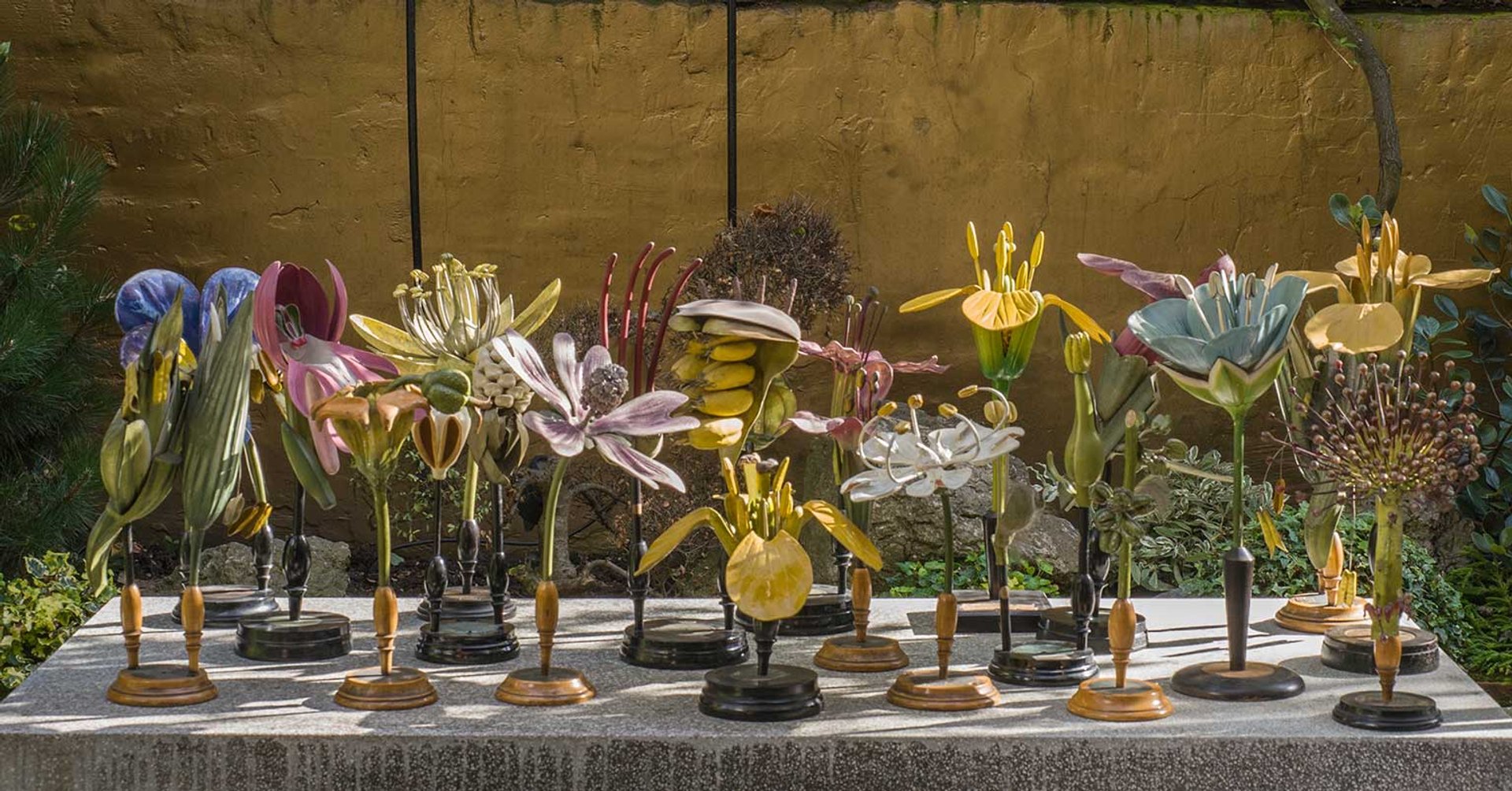
A group of 19th- and 20th century papier-mâché botanical models from George Loudon’s collection Photo: Rosamond Purcell
Morel explains that “Loudon’s choices celebrate handcrafted objects—each created by hand to promote and inspire knowledge and appreciation of the world—yet they are beautiful in their own right.” This attention to the aesthetic qualities of craftsmanship can be seen throughout Venice, from the functional elegance of the gondola’s rowlocks (forcole) or in the traditional hard-lime pastelloni floors, on which the audience will be standing when visiting the show.
The meaning of the objects in the Loudon collection has changed over the years, depending on time and context. The one-time didactic tools, made obsolete by industrial production, are now re-evaluated by their inclusion in a dedicated collection. These pedagogical relics that were once comfortably at home in a natural history museum become part of a treasure trove in a white cube. With this exhibition, Morel is aiming for a symbiosis between the collection and the ornate architecture of the palace. His bold vision, in collaboration with the scenographer Flemming Fallesen, will show the collection as a nature-inspired art installation devoid of glass barriers, for an unmediated experience with each piece.
Anchored by Grimani’s well-documented botanical interests—as exemplified by Camillo Mantovano’s verdant ceiling frescoes in the Sala a Fogliami—the display will draw connections between Loudon’s sensitivity and that of a 16th-century humanist such as Grimani; although separated by centuries, they were both motivated by a profound love of nature.
“If you see beauty in nature, you respect it more,” Morel says. “In my mind, the collecting of Giovanni is as contemporary as George [Loudon]’s, driven by an instinctual perception of what’s beautiful, but also a pursuit of knowledge. The show is a meditation on the art of understanding the world. It’s a quest that never ends.”
Much like Grimani, Loudon has made his home an evolving stage for his collection. The experience of entering a collector’s domestic world remains a rare privilege and Morel hopes to evoke this “magical intimacy where you discover a world you couldn’t imagine.” He adds: “It’s an exploration, an intellectual and initiating journey, with connections that might spark between a 15th-century silverwork and a hidden contemporary piece.”
• A Cabinet of Wonders: a Celebration of Art in Nature, Museo di Palazzo Grimani, Venice, 15 December-11 May 2025


